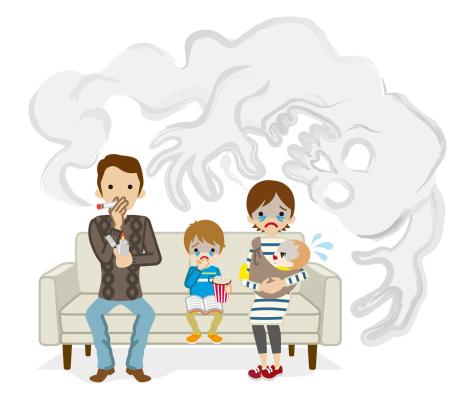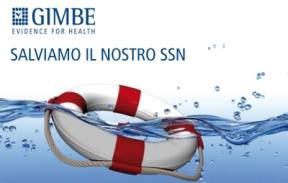All news by tobacco and other addictions
Changing in exposure perception in smoking parents after a medical intervention
A randomized controlled trial performed in Israel remembers the essential role of clinicians and pediatricians in prevention and health education.

Exposure to tobacco smoke affects many children because smoking parents usually smoke in children presence and have insufficient protective behaviours.
Smoking parents sometimes are not completely aware of children smoking exposure.
The authors of the study enrolled for 6 months a group of families with one or two smoking parents and a child up to age 8.
The aims of the study were to modify the parental perception exposure (PPE) and to establish the effects of an educational intervention on parents smoking behaviours.
The partecipants received two brochures about tobacco smoke exposure (one of these was specifically designed to change misconceptions about children exposure), home visits and motivational interviews. The authors also measured children hair nicotine as real exposure index.
The results showed that PPE (evalueted with specific questionnaire) was higher at the and of the study compared to the beginning.
The authors also reported a significative variation in smoking parents behaviours (smoking cessation completely or at home, more protective behaviours to reduce children exposure) that was higher in intervention group compared to control group (39% vs 10-17%).
Parents who presented a poor PPE at the beginning showed the major PPE increase, suggesting that smoking parents with a low awareness of the problem represent the most appropriate target for this type of intervention.
This study, using a specific intervention based on interviews, written materials and biomarker feedback, measured smoking parents exposure perception and showed that we can protect children from tobacco smoke damages with appropriate interventions.
BIBLIOGRAPHY
Myers et al. Changing Exposure Perceptions: A Randomized Controlled Trial of an Intervention with Smoking Parents. Int. J. Environ. Res. Public Health 2020, 17, 3349; doi:10.3390/ije






